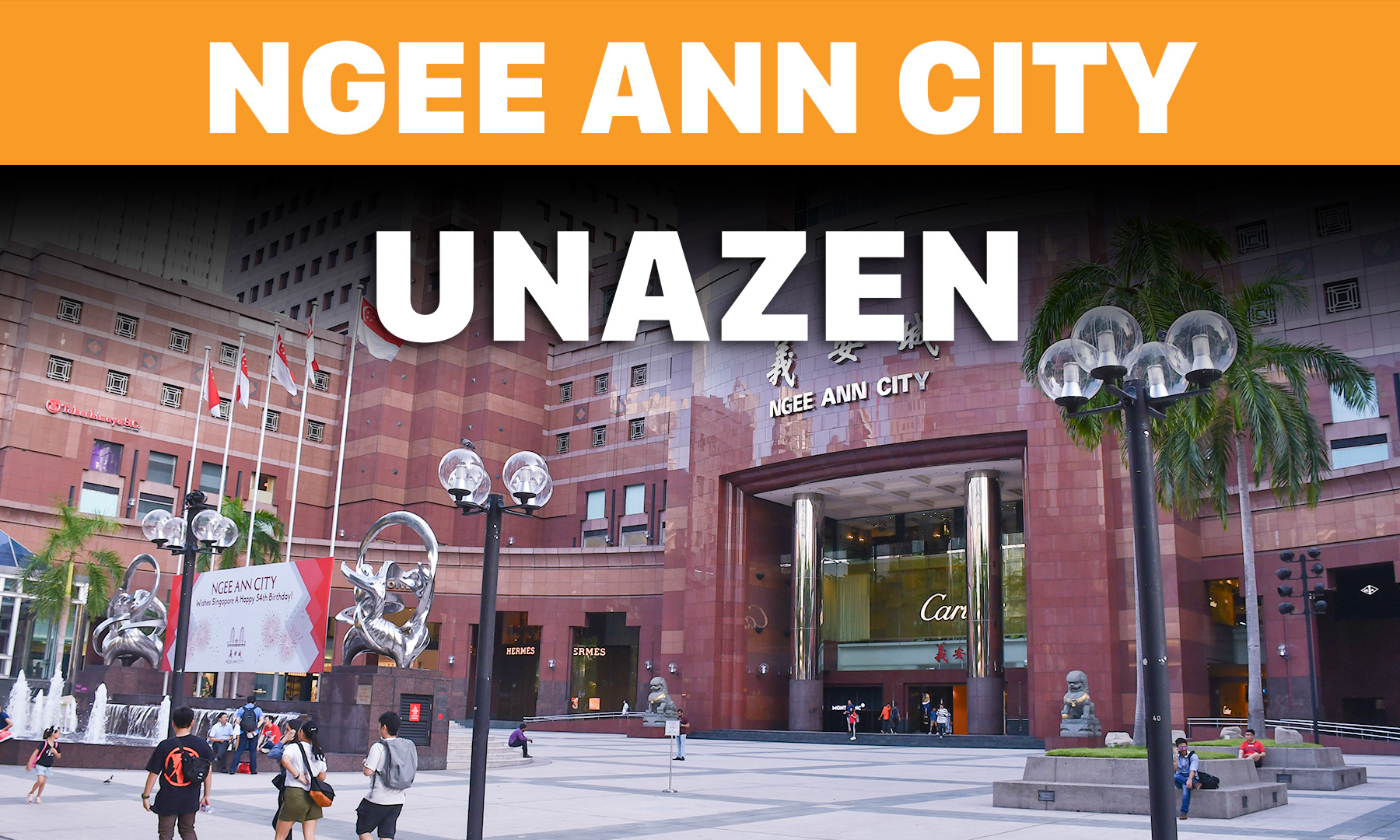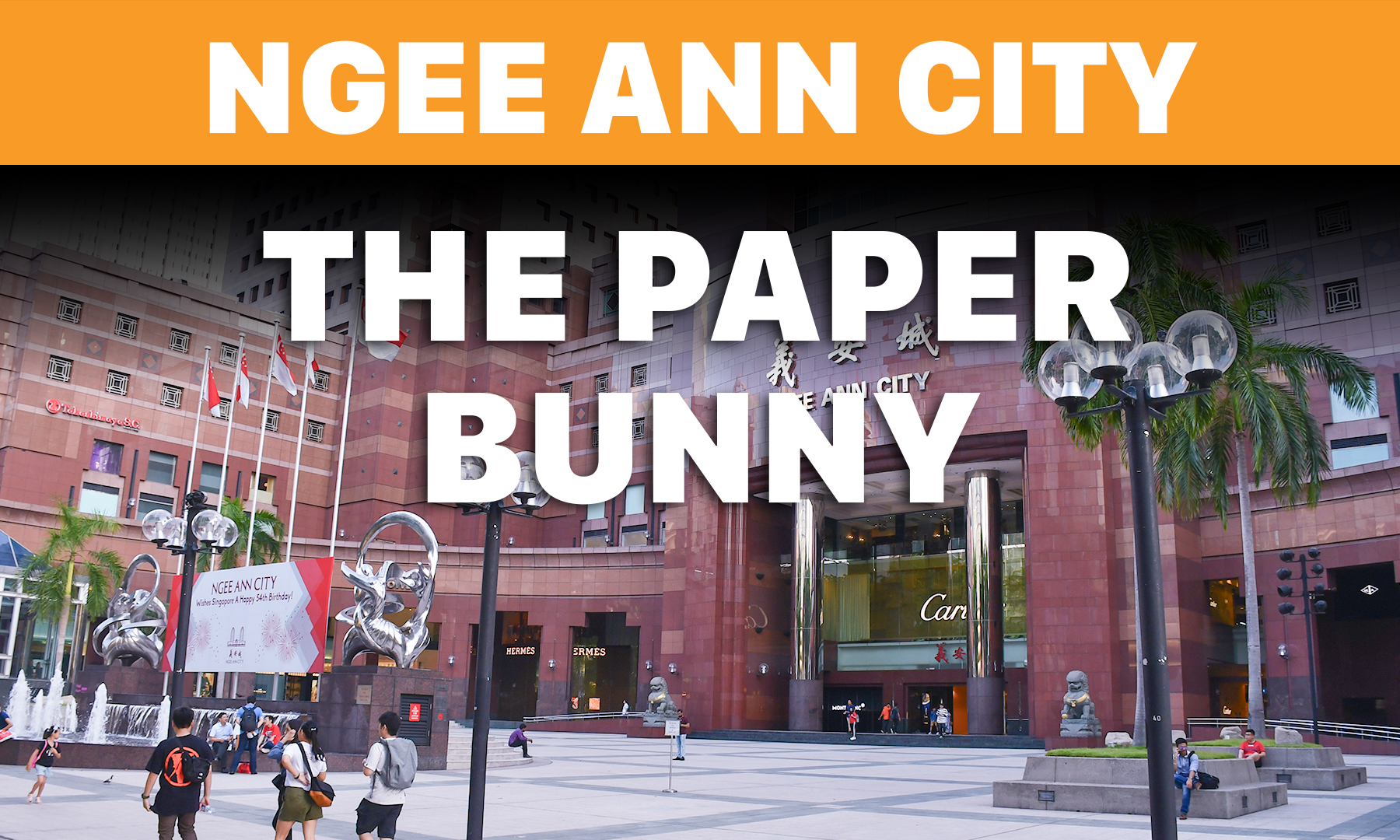What is the polar vortex and how the polar night jet protects us?


The Polar Vortex is a remarkable meteorological phenomenon that impacts the global climate and weather patterns, particularly during the winter months. To understand the Polar Vortex, it is essential to delve deeper into its formation, mechanics, and its interactions with other atmospheric components such as the Polar Night Jet.
The term 'Polar Vortex' refers to a large area of low pressure and cold air surrounding the Earth's poles. Always present, the Polar Vortex extends from the middle to the upper troposphere, the layer of the atmosphere where weather occurs, and into the stratosphere, the layer above the troposphere. Its characteristics and effects vary seasonally, with a stronger presence during the winter months.
In winter, the Polar Vortex intensifies due to the stark temperature contrast between the bitterly cold polar regions and the warmer tropics. This contrast is what drives the rotation of the Polar Vortex. Around the poles, sunlight is scarce during the winter months. This lack of sunlight leads to very cold temperatures in the stratosphere above the poles, creating a high-pressure area. Meanwhile, in the warmer tropics, the stratosphere is warmer and exhibits lower pressure.
The differentials between these regions generate a pressure gradient, and because fluids move from high pressure to low pressure, there's a motion from the poles towards the equator. However, due to the Coriolis effect, which is the deflection of moving objects caused by the rotation of the Earth, this movement is deflected and results in a circular motion around the poles, giving birth to the Polar Vortex.
Within the Polar Vortex, there's an intriguing fast-flowing air stream known as the Polar Night Jet. This gets its name from the 'polar night', a period of darkness lasting for more than 24 hours, typically seen within the polar circles. This jet stream encircles the polar vortex and becomes more pronounced during the winter months when the vortex is at its strongest.
The Polar Night Jet's function is pivotal in the global climate. It acts like a protective shield, isolating the extremely cold air within the polar vortex and preventing it from moving towards the equatorial region. This barrier is crucial in maintaining the temperature balance of the planet.
However, like most natural systems, this is a dynamic and complex process that can be disrupted. One such disruption is the 'Sudden Stratospheric Warming' events. As the name suggests, these are rapid increases in the temperature within the stratosphere over the course of a few days. This occurs when large waves in the lower atmosphere (troposphere) rise into the stratosphere, disrupting the Polar Vortex. The disruption can slow down, displace or even split the vortex, which in turn disturbs the Polar Night Jet.
When the Polar Night Jet is disturbed, the cold air contained within the Polar Vortex can spill into the mid-latitudes. This movement results in extreme weather conditions or cold snaps, causing temperatures to plunge significantly below what's usually expected in these regions during the winter.

Understanding and studying the Polar Vortex and the Polar Night Jet is critical for meteorologists. They offer key insights into winter weather patterns and climate variations. Disruptions in the vortex could lead to extreme cold weather events, impacting human life and economies. Conversely, the absence of such disruptions ensures milder winter conditions in the mid-latitudes, reinforcing the protective role the Polar Night Jet plays.
To sum it up, the Polar Vortex and Polar Night Jet are significant components in the Earth's complex atmospheric machinery. While they might seem far removed from day-to-day weather experienced by most of the population, changes in these high-altitude air currents can have a profound impact on winter weather patterns across the globe. The study and prediction of these phenomena and their impact are crucial in our ongoing efforts to understand the changing climate.



































































































